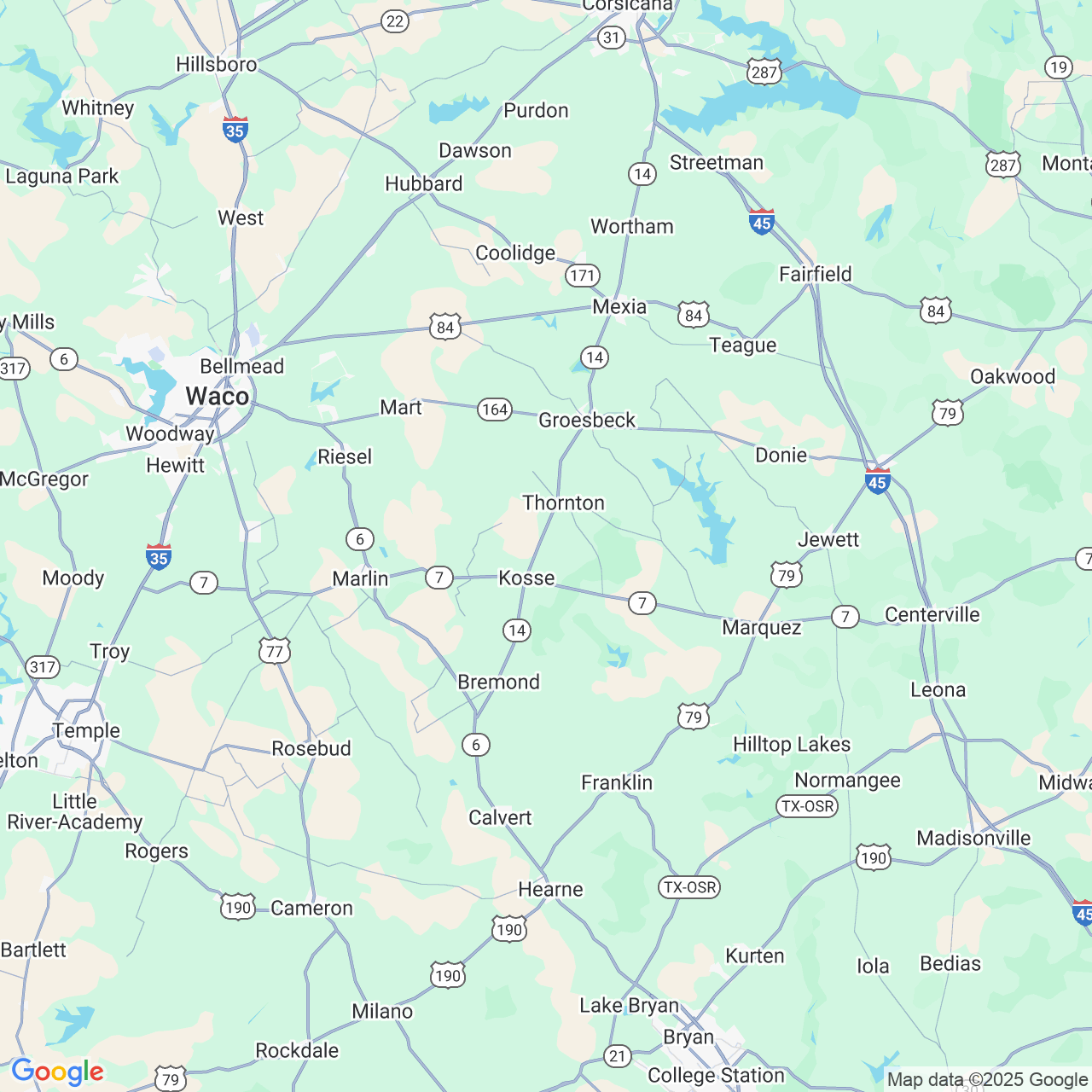The Truth About Hair Transplant Scars: What Every Patient Should Know
Do you want scarless surgery? Do you believe in the Tooth Fairy and Easter Bunny? They are all figments of creative marketing. But they are not real.
There is always a scar anytime surgery is performed on the skin. In hair restoration, this applies to whether the harvest of hair follicles is obtained by strip harvesting or follicular unit extraction (FUE). The scars usually are only minimally visible when proper care is followed, both intraoperatively and post-operatively.
In the video below, Dr. Bernardino Arocha of Arocha Hair Restoration offers a factual assessment of the scars experienced by hair transplant patients. In strip extraction, a portion of the back of the scalp is removed to harvest hair follicles used in transplant. The wound is then closed using techniques designed to minimize scarring. In FUE, a punch is used to extract tiny portions of scalp and the scalp is left to repair itself, leaving thousands of tiny little scars.
FUEs are performed employing a small punch either 1 or .75 mm to score the follicle. The wound is very small, but it is left to heal without primary closing. Therefore, a small scar will result. In FUEs there are numerous punctate scars producing a “bird shot” pattern of diffuse punctate scars.
Strip harvest typically produces a linear scar. If the principle of minimizing surface tension is adhered to, the scar can be minimally visible. Proper intra-operative technique employs closing in one or two layers, the deep layer serves to minimize surface tension. Sometimes a tricophytic closure is employed in which one of the wound margins is beveled so the hair will grow through the scar making it very difficult to see the scar. Using these methods, we are often successful at minimizing post-surgical hair transplant scarring to less than 1 mm.
Post-operatively, we advise the patient to limit performing exercises that cause pulling of the neck until the scar has matured. It can take the wound 6-12 months for the scar to mature. Alternative exercises can be substituted that limit pulling of the wound margins in the neck.
Please review our before-and-after photos of post-surgical scars.
To determine which approach is better for you, get the facts and ask questions, but don't believe the hype that any method is "scarless."



